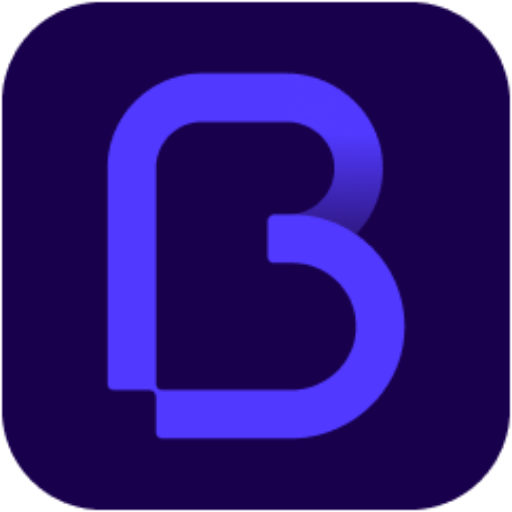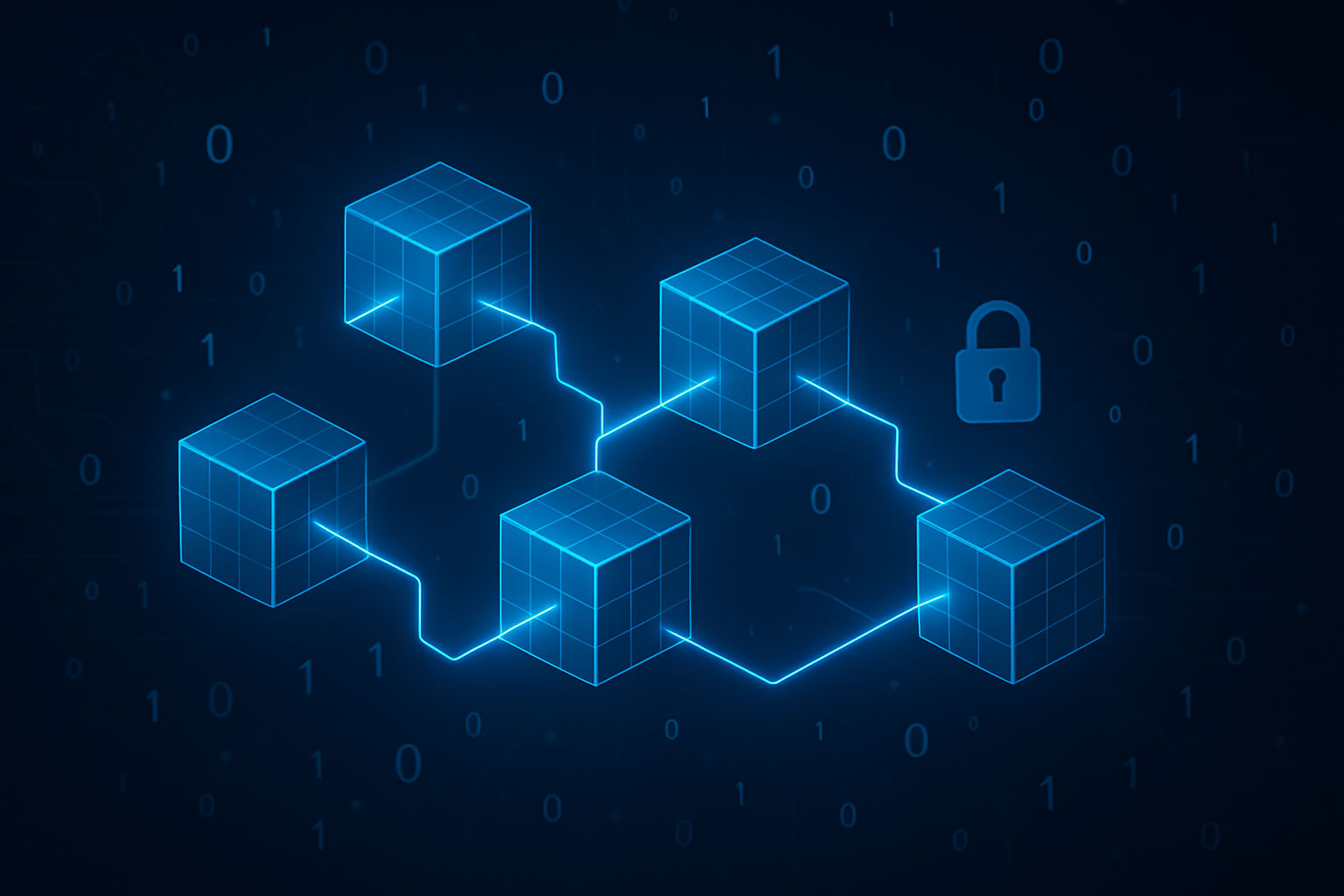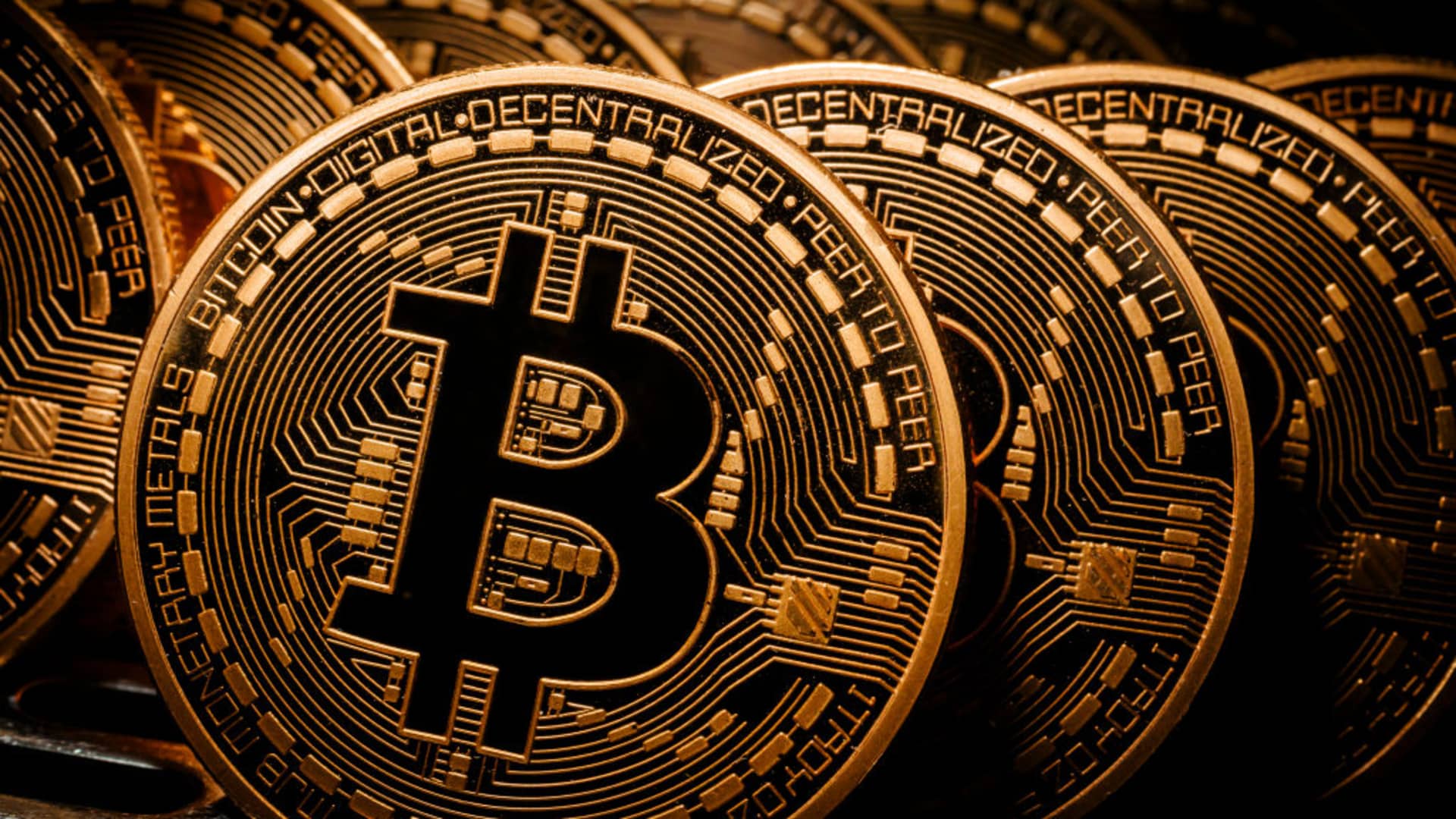What is blockchain? How blockchain technology works



Blockchain technology is used to validate and store information digitally on what's known as a "distributed ledger." Since it's based on a peer-to-peer network, blockchain removes the need for a central authority—it's a decentralized, self-organizing structure.
While most commonly associated with cryptocurrency, blockchain technology has a wide range of applications thanks to its security and efficiency.
This beginner's guide explains what blockchain is, how it works, and how it can be used in areas beyond cryptocurrencies.
What is blockchain?
Blockchain is a distributed ledger used to validate and record information digitally. A blockchain ledger is essentially a database that's spread and shared across multiple peer-to-peer devices ("nodes"), which are, in turn, spread across multiple people, geographies, and time zones.
All of these computers can access the data and make updates or verifications in real time, visible to everyone—almost like a shared document. Unlike a shared document, though, none of the information can be changed or deleted once it's stored on the blockchain.
So, why is it called a blockchain? Because the digital ledger is made up of virtual blocks of data which are, you guessed it, chained together.
Blockchains can record and validate all sorts of transactional data. While they are currently most used for cryptocurrency transactions, they can be used for healthcare records, supply chain transactions, property information—pretty much anything.
What is a blockchain's purpose?
The purpose of a blockchain is to create an immutable record of information that's independently verified by, and distributed across, multiple sources. The fundamental difference between a blockchain and a typical database is the way that the data is stored: on the blockchain, data is stored in blocks, organized chronologically. When one block is full, it's chained onto the last one, and the next one starts getting filled. This makes the data nearly impossible to alter or remove, making the system very secure.
That's why the main use of blockchain tends to be recording transactions, as its decentralized nature and storage method make the data very secure.
The history of blockchain
The first description of a cryptographically-secured chain of blocks was published by Stuart Haber and W. Scott Stornetta in 1991. It wasn't until 2008, though, that the original model for a blockchain was released in a whitepaper by the Bitcoin developer(s), under the pseudonym Satoshi Nakamoto. A year later, the Bitcoin blockchain was implemented as the distributed ledger technology for Bitcoin transactions.
For five years, the only application of blockchain technology was as the digital ledger for Bitcoin. In 2014, blockchain technology was finally separated from digital currency, and developers began exploring its potential for other applications. Later, the Ethereum blockchain emerged, including computer programs in the blocks in the form of smart contracts.
How does a blockchain work?
Here are three main things you need to know to understand how blockchains work:
Types of blockchain networks
- Public blockchain: Permissionless, open, and fully decentralized. Anyone can join and validate blocks. Example: Bitcoin.
- Private blockchain: Controlled by a single organization, requires permission to join. Partially decentralized.
- Consortium blockchain: Governed by a group of businesses, requires permission, more decentralized than private but less than public.
- Hybrid blockchain: Combines elements of public and private blockchains.
Consensus mechanisms
Blockchains require a consensus mechanism to function—a protocol to verify and validate transactions. The main ones are:
- Proof of Work (PoW): Uses mining, where computers compete to solve complex mathematical problems. Very secure, but consumes a lot of energy.
- Proof of Stake (PoS): Less energy consumption. Validators "stake" tokens to validate transactions.
Key concepts
- Blocks: Units of data that make up the blockchain.
- Miners: Validate and add new blocks to the blockchain.
- Nodes: Computers that participate in the blockchain network.
How does a blockchain transaction occur?
- A person initiates a transaction (e.g., sending cryptocurrency).
- The transaction is broadcast to the network of nodes.
- Nodes validate the transaction using the consensus mechanism.
- Validated transactions are grouped into a block.
- The block is added to the chain, making the record permanent and immutable.
Advantages of blockchain
- Transparency: All transactions are visible to everyone on the network.
- Decentralization: No need for a central authority.
- Efficiency: Fast, low-cost transactions.
- Financial inclusion: Provides access to financial services for the unbanked.
Disadvantages of blockchain
- High energy consumption (especially in PoW).
- Limited scalability: Some blockchains process few transactions per second.
- Potential for illegal activities.
- Regulatory uncertainty: Changes in laws can affect technology use.
Real-world applications of blockchain
- Healthcare: Secure storage and exchange of patient data.
- Property: Real estate records and asset tokenization.
- Supply chain: Traceability and transparency.
- Voting: More secure and transparent voting systems.
FAQs
- What's the difference between blockchain and Bitcoin?
- Bitcoin is a cryptocurrency; blockchain is the technology behind it.
- What is block time?
- The time it takes to add a new block to the blockchain. Example: Ethereum adds a block every 12 seconds.



